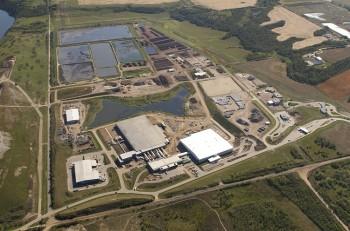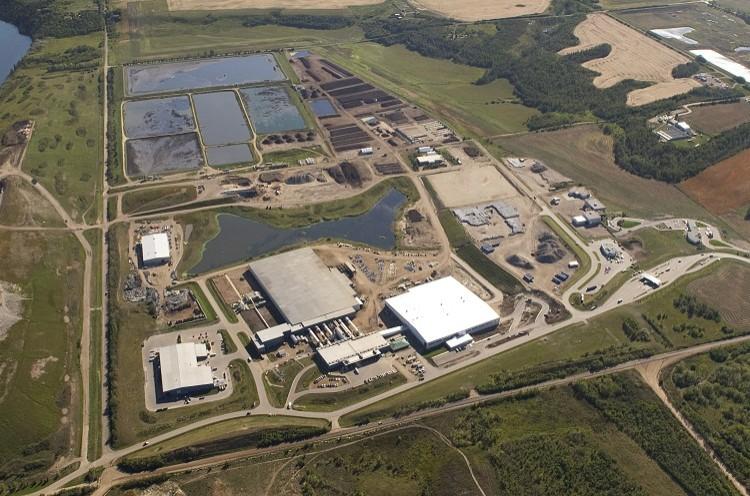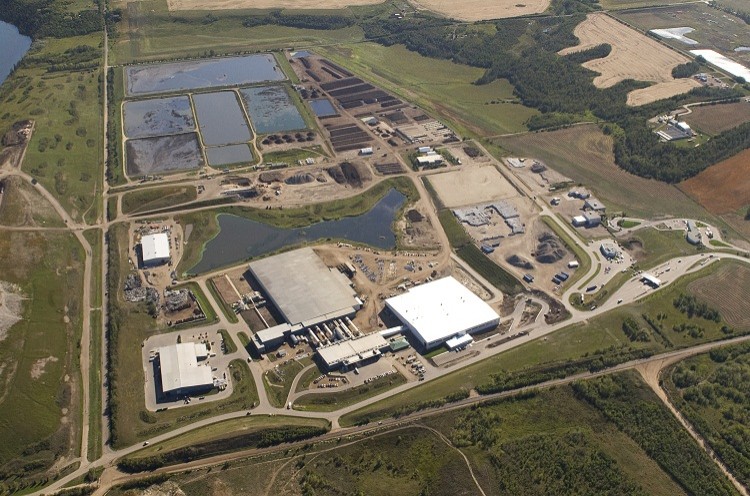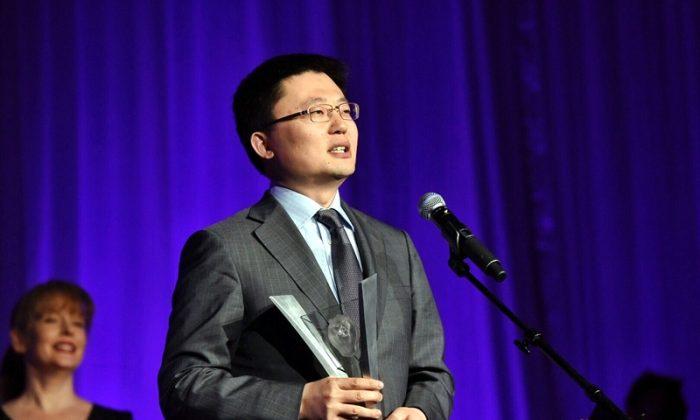Kim Craig, Mayor of Coaldale, Alberta, and chair of the Southern Alberta Energy from Waste Alliance, says the idea was born when 58 municipalities in the province came together to find an “alternative to landfilling.”
“It’s like-minded people who felt that the heavy reliance on landfills going forward was not the right idea,” he says.
Although the technology for the waste-to-energy facility has not been decided yet, it would involve a range of processes where incineration is used to reduce the volume of non-recyclable garbage and convert it into heat, electricity, or even fuel.
Highly populated countries such as the United States, Europe, and Japan have already adopted waste-to-energy as an alternative to landfills due to limited land space, but Canada’s vast open spaces make it easier to rely on landfills for waste disposal despite environmental costs.
Craig says a waste-to-energy facility would divert 80-90 percent of solid waste away from landfills.
“[It] won’t eliminate the need for landfill, but it certainly expands the usable lifetime of a landfill,” he says.
Groundbreaking waste-to-biofuels facility
Across Canada, B.C., Quebec, and Ontario use thermal treatment in a small number of municipalities, but landfills are still the primary destination for most solid waste. In Alberta, Wainwright currently boasts the province’s only operating waste-to-energy facility.
However, Edmonton is set to open a more sophisticated plant in 2012 that will convert waste to biofuels. It will be the first industrial-scale municipal waste-to-biofuels facility in the world.
As a precursor to the plant, Edmonton opened the Advanced Energy Research Facility in June. The facility will help develop technologies that convert non-hazardous waste from the oil and gas, agricultural, forestry, and municipal sectors into green transportation fuels and chemicals, while reducing greenhouse gas emissions.
“This is a major component of the city’s plan to manage our waste in an efficient and environmentally responsible manner,” says Mayor Stephen Mandel.
“Alberta may be known for our oil and gas, but projects like this one prove we are leaders in green energy development too,” says Greg Weadick, Minister of Advanced Education and Technology.
“Countries worldwide want greener energy and there’s no other place with our combination of research talent, one-of-a-kind infrastructure, and background in energy development to bring this kind of technology to the world.”
The plant is expected to reduce Alberta’s carbon dioxide footprint by more than 6 million tonnes over the next 25 years—the equivalent of removing more than 42,000 cars off the road every year.
Negative perception
Craig says a potential obstacle to widespread acceptance of waste-to-energy facilities in Canada is their high start-up costs and a lack of public education on their benefits. He says there exists a negative perception of burning waste that needs to be addressed.
“If people see a facility with smokestacks they automatically have a bad reaction to that ... so part of our process is to educate people that there’s lots of science involved in what the smokestack is all about, and there’s lots of technology that will make the air coming out of the smokestacks cleaner,” he said.
Craig says the new facility being mulled by the municipalities will provide the missing “R” in the cycle of sustainability: Reduce, Reuse, Recycle, and now, Recover.
“I look at the four Rs being part of a diversified waste management portfolio, and with the right number of resources allocated, it’ll certainly make sense.”
The engineering study will determine the most effective technology and location for the facility, and will be followed up with a business plan to determine whether the project will be managed by the municipalities themselves or by a private company.
The engineering study will be completed by September 2011 and, if approved, the project could begin soon after.







Friends Read Free